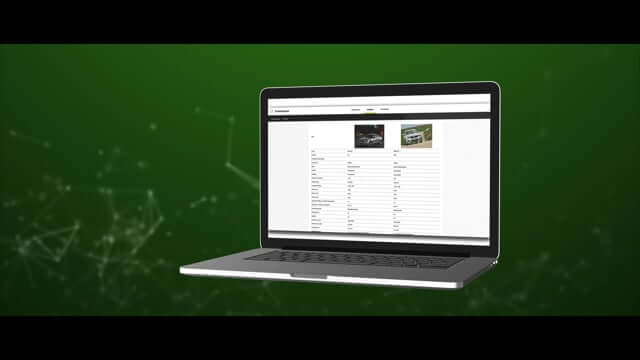B2B Sales Argument – Blog Post by CEDURA
Continuous observation of market potentials, needs, changes, and competitors is an optimal foundation for a successful sales argument in B2B.
In the B2B environment, it’s not easy to compare one’s own services and features with those of competitors and also to incorporate future market developments into a sales argument. However, besides price, there are numerous comparison options to transparently demonstrate why your product and services, combined with the valuable attributes of your company, are ahead of the competition.
So, what does market intelligence deliver in terms of a B2B sales argument and how does the creation of targeted battle cards work regarding competition?
1. Identifying distinctive competitive features
Recognizing the features across your product or service portfolio is individually defined, considering only those that are relevant in comparison and offer real differentiation opportunities. These can include attributes related to performance, sustainability, efficiency, etc., as well as simple ones like dimensions, weight, delivery time, price, etc.
2. How strong are these features among competitors?
The offerings of your competitors are scanned against your own definitions (also referred to as a comparison template), then organized and stored within the comparison structure.
This results in a product comparison that can be filtered on various levels and evaluated for improved a B2B sales argument. Since competitor “datasheets” may not always have the same structure as our desired comparison framework, the mapping process is crucial here. Additionally, in the B2B environment, not all relevant information is necessarily found on “datasheets” but may need to be gathered from multiple sources. This requires market intelligence.
3. Find verifiable features
To translate the insights gained from the product comparison into an optimal B2B sales argument, additional features are required that are not solely based on the products and services.
These include company information such as certificates, patents, awards, financial strength, experience, accessibility, locations, etc. These features are also gathered according to the defined template and constitute the second essential building block in the sales argumentation.
Create compelling Battle Cards:
Focused battle cards are documents or tools used in a B2B sales argument to equip sales teams with specific information and arguments aimed at persuading customers in a competitive environment. These battle cards are designed to assist sales teams in overcoming potential challenges or objections from customers and ultimately closing the sale. Here are some key features of targeted battle cards:
- User-friendliness: Battle cards should be easy to use and readily accessible, allowing employees to quickly access the necessary information during a B2B sales argument.
- Focus on competitive analysis: The identified features, along with additional detailed information about the company’s competitors, including their products, strengths, weaknesses, and market position, are noted on the battle cards.
- Customized argumentation: Based on the identified features, provide tailored arguments and information that address the needs and pain points of B2B customers.
- Product comparisons: Offer detailed yet easy-to-understand comparisons between your own products or services and those of competitors to highlight unique selling points.
- Objection handling: Targeted battle cards include typical objections or concerns from customers and provide clear and compelling responses to overcome them.
- Timeliness and updates: Since markets and competitors are constantly changing, targeted battle cards need to be regularly updated to provide relevant and accurate information.
By relying on data and facts embedded in battle cards, sales teams can differentiate their B2B sales arguments and their products or services to gain a competitive advantage. This helps identify market opportunities, strengthen customer relationships, and ultimately increase success in the fiercely competitive B2B market.
Interested in a personal exchange on the topic of market intelligence? Feel free to contact us.
Find more helpful tips and information in english on our Vimeo channel.






0 Comments